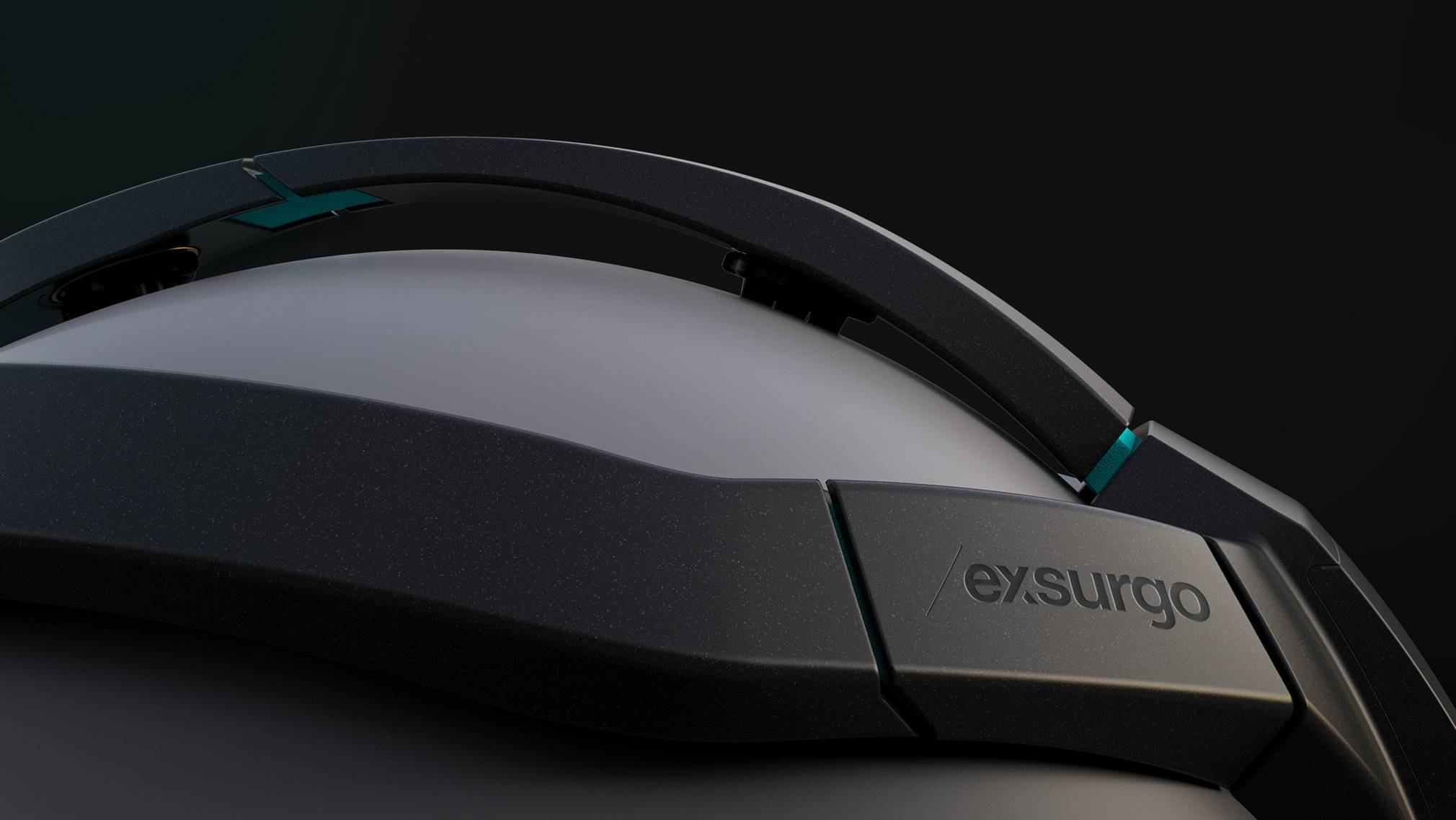As an engineer who has spent over 15 years working in the health sector, I’ve always sought to harness the latest science and technology to come up with novel solutions to challenging problems.
When I was studying my Masters in Mechatronics at Auckland University, my thesis was on a home use robotic rehabilitation device and, back in 2007, I joined Richard Little at Rex Bionics, a company that developed REX, a robotic exoskeleton that gave those who had lost the use of their legs the ability to walk upright.
As a robotics engineer at Rex Bionics, I was primarily responsible for the movement and human interaction aspects of REX. While the patients’ brains may have been working perfectly, their bodies needed some assistance. So we looked to unlock the power of neuroscience, with REX helping them translate their brain’s intention into actual movement of their body.
Our current company, Exsurgo, is focused on developing brain-computer interfaces (BCI) for an exciting new purpose. We believe BCIs can play a powerful role in helping the one in five people around the world who suffer from chronic pain. With chronic pain, the brain can become overly sensitised to nerve signals, even when there is no longer any obvious cause of pain. The brain keeps reacting to those signals – it’s like a fire alarm that keeps blaring after the fire has been put out.
Seeing the positive impact the Rex Bionics exoskeleton had on people’s lives was very rewarding, but due to their high cost, the technology had limited reach. In contrast, chronic pain is one of the world’s biggest healthcare issues, and other conditions like anxiety, depression and PTSD are also prevalent, so we knew that we had the potential to help so many more people if we could develop a relatively low cost solution.
Our team of neuroscientists, engineers and developers has spent years in the lab testing our ideas and refining our technologies towards our goal of simply, effectively and inexpensively reducing the world’s chronic pain without the need for pharmaceuticals and with no side effects.
So how does it work?
Exsurgo’s flagship technology is called Axon. Once prescribed by their clinician, patients can conduct the treatment at their convenience in the comfort of their own home, with remote clinical supervision. They wear a custom-designed Axon Electroencephalography (EEG) headset that passively records the electrical activity associated with pain in their brain.
This data is transmitted wirelessly to an app on the patient’s mobile device (tablet or smartphone) and visually represented in the app via neurological exercises (in the form of simple animated games) played by the patient. In a process called Neurofeedback, the patient learns to self-regulate their brain activity through real-time visual feedback, and change how their brain interprets pain signals, thereby reducing their pain. Each Axon session takes 35 minutes and sessions are repeated several times a week in the first 8 weeks in order to get the best results.
It might sound like science fiction, but EEG has been around for almost a century and has been used in Neurofeedback treatments since the early 1960s (including by NASA). It has been an established part of clinical evaluation and treatments since the 1970s and most hospitals and universities have an EEG system. But, just as smartphones have made a range of previously expensive technologies much more accessible, we’ve taken an existing solution and made it faster, better, smaller and much cheaper.

A traditional EEG system includes an electrode cap that is connected to an external amplifier box, which is then connected to a computer. In comparison, the Axon headset integrates a battery and custom-designed electronics, making it a wireless wearable device. Axon utilises the latest Bluetooth technology to achieve high-speed data throughput, which is essential in a Neurofeedback system, so as to reduce the time lag between thought intention and visual feedback.
Like many technology companies, we believe data will be one of our biggest assets and will help us innovate. Each 35 minute Axon session generates about 1.4 million lines of EEG data. This data is uploaded to our Exsurgo Connect analytics platform and as treatments progress, we will build the world’s biggest, most advanced neuroscience data platform that will provide important insights and pave the way for more effective treatments and solutions.
We know new treatments require solid evidence before they are accepted. And, so far, the results are promising. In a recent proof of concept trial in the UK, 100% of the participants reported a reduction in pain, and 50% achieved a clinically relevant reduction in pain of at least 30%. We are building the clinical evidence through more studies.
Just as we felt all the hard work was all worth it when we saw a wheelchair user walk again in a REX robotic exoskeleton, we feel the same way when we hear stories of how Axon reduced people’s debilitating chronic pain and greatly improved their lives. It’s a privilege to work for a company that can have such a tangible impact.
